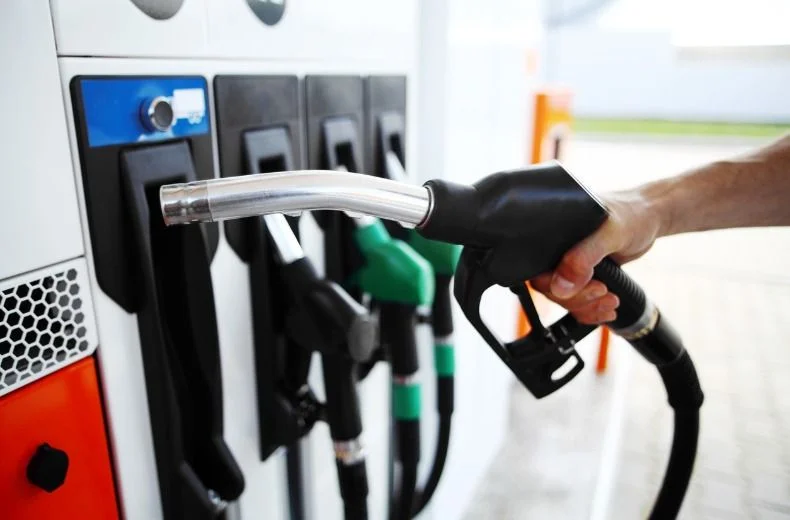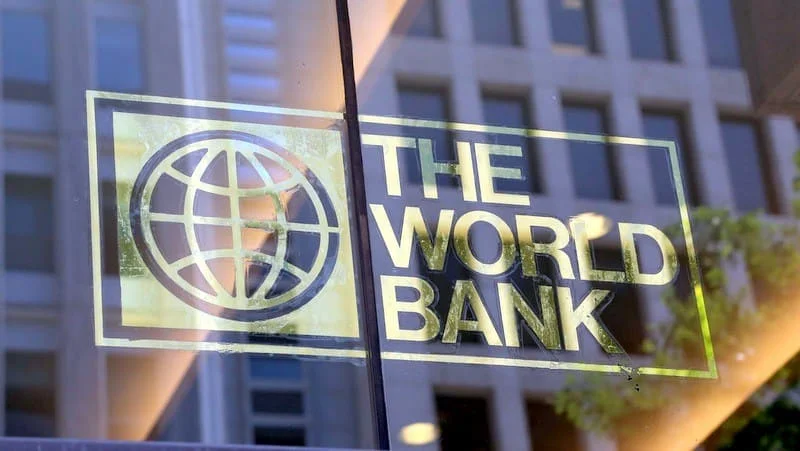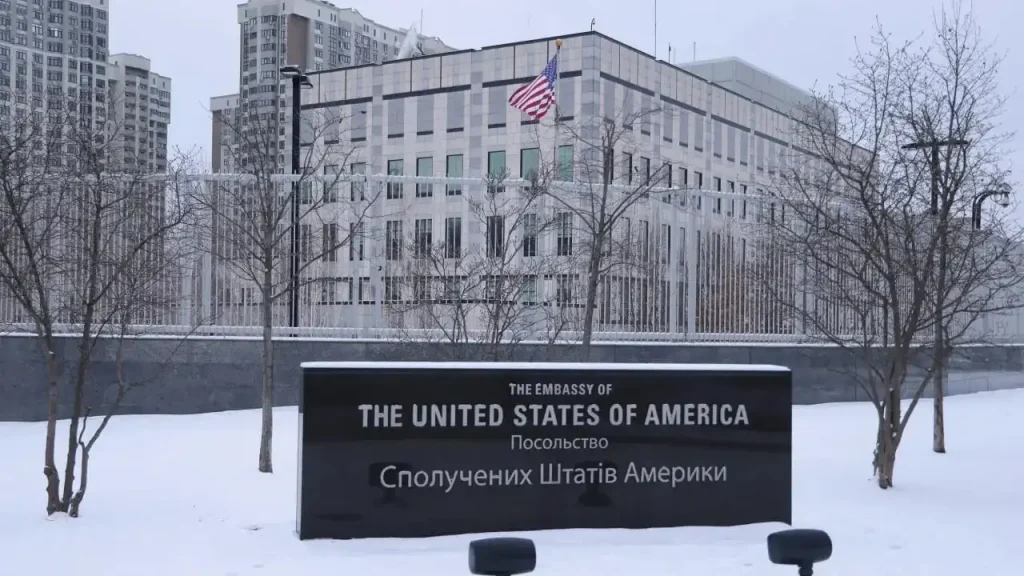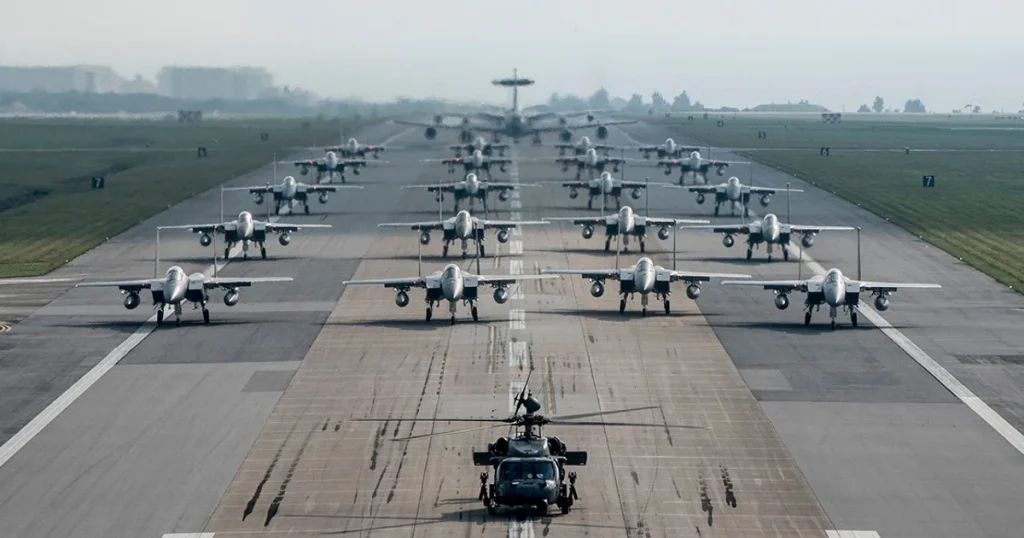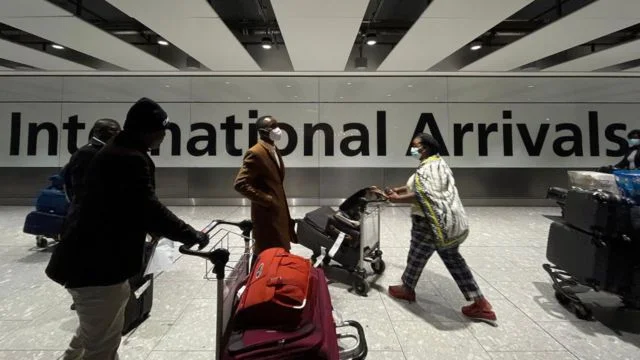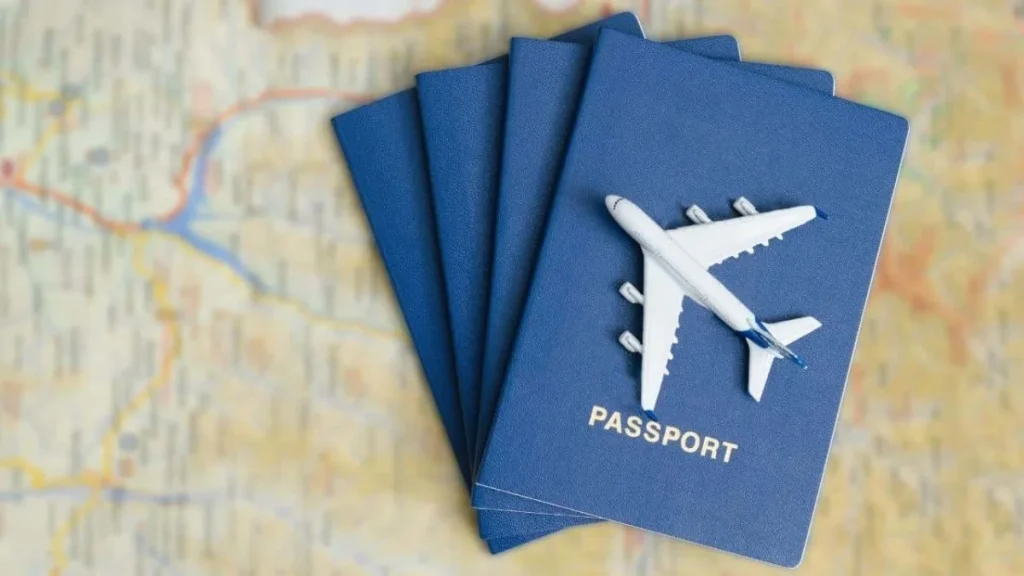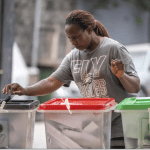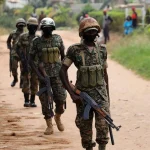Fuel prices are pinching wallets across Africa, and Malawi is hit hardest. In October 2025, the country tops the continent with petrol at $2.014 per litre.
Close behind are the Central African Republic at $1.849, Senegal at $1.746, and Zimbabwe at $1.550. Burkina Faso, Cameroon, Ivory Coast, Seychelles, and Uganda follow, with prices ranging from $1.499 to $1.429.
From Lilongwe to Dakar, drivers feel the strain, sparking debates on affordability and economic stability.
High fuel costs aren’t just numbers, they’re reshaping African lives.
Top Nine Breakdown
These nine nations face the steepest fuel prices in Africa, each grappling with unique pressures:
-
Malawi ($2.014): Landlocked and import-reliant, fuel costs burden commuters and farmers.
-
Central African Republic ($1.849): Conflict and logistics drive sky-high prices.
-
Senegal ($1.746): Dakar’s urban demand pushes fuel costs up, hitting transport hard.
-
Zimbabwe ($1.550): Currency woes and import reliance inflate pump prices.
-
Burkina Faso ($1.499): Security issues and supply chain gaps raise costs.
-
Cameroon ($1.479): Oil producer, yet import logistics keep prices high.
-
Ivory Coast ($1.464): Economic hub faces rising fuel demands and costs.
-
Seychelles ($1.454): Island nation’s import dependency spikes prices.
-
Uganda ($1.429): Landlocked, with fuel costs squeezing businesses and commuters.
These prices reflect global oil trends and local economic challenges.
Why Prices Are Climbing
Fuel costs are driven by global oil markets, local taxes, and logistics. Malawi’s landlocked status means costly imports via road. The Central African Republic’s instability disrupts supply chains, while Senegal’s urban growth fuels demand.
Zimbabwe’s currency crisis makes imports pricier. Burkina Faso and Cameroon face logistical hurdles, despite oil resources. Ivory Coast’s economic boom drives consumption, Seychelles’ isolation raises costs, and Uganda’s import routes add expenses.
These factors hit consumers, from taxi drivers to rural farmers, hard.
Economic Ripple Effects
High fuel prices ripple across economies. In Malawi, transport costs raise food prices, squeezing households. Senegal’s commuters cut spending, slowing markets. Zimbabwe’s businesses struggle with logistics, while Burkina Faso’s farmers face higher input costs.
Cameroon and Ivory Coast see trade margins shrink, and Seychelles’ tourism feels the pinch. Uganda’s small businesses, reliant on fuel, face profit losses. Across these nations, inflation looms, testing economic resilience.
Governments face pressure to act, but solutions are tricky.
Challenges and Solutions
Subsidies are a double-edged sword. Malawi and Zimbabwe tried them, but budget strains led to cuts. Senegal pushes for renewables, yet fuel remains king. Burkina Faso and Cameroon seek better supply chains, while Ivory Coast explores local refining.
Seychelles and Uganda eye bulk imports to cut costs. Financial literacy and alternative energy could ease the burden, but scaling takes time. Citizens demand relief, from tax cuts to public transport upgrades.
Innovation and policy must align to tame these prices.
A Call for Change
Malawi’s $2.014 per litre leads Africa’s fuel price crisis, but the Central African Republic, Senegal, and others aren’t far behind. These costs test resilience, from rural farmers to urban commuters.
Can governments balance budgets with relief? As Nigeria watches, inspired by its neighbors’ struggles, Africa seeks solutions. The road ahead demands bold policies and global cooperation to ease the fuel price pain.

